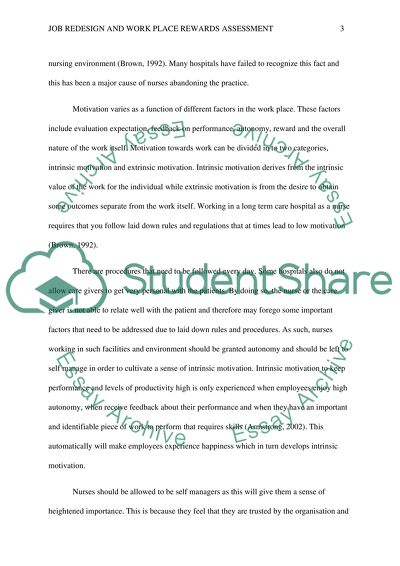Cite this document
(“Job Redesign and Worplace Rewards Essay Example | Topics and Well Written Essays - 2250 words”, n.d.)
Retrieved from https://studentshare.org/psychology/1679084-job-redesign-and-worplace-rewards
Retrieved from https://studentshare.org/psychology/1679084-job-redesign-and-worplace-rewards
(Job Redesign and Worplace Rewards Essay Example | Topics and Well Written Essays - 2250 Words)
https://studentshare.org/psychology/1679084-job-redesign-and-worplace-rewards.
https://studentshare.org/psychology/1679084-job-redesign-and-worplace-rewards.
“Job Redesign and Worplace Rewards Essay Example | Topics and Well Written Essays - 2250 Words”, n.d. https://studentshare.org/psychology/1679084-job-redesign-and-worplace-rewards.


